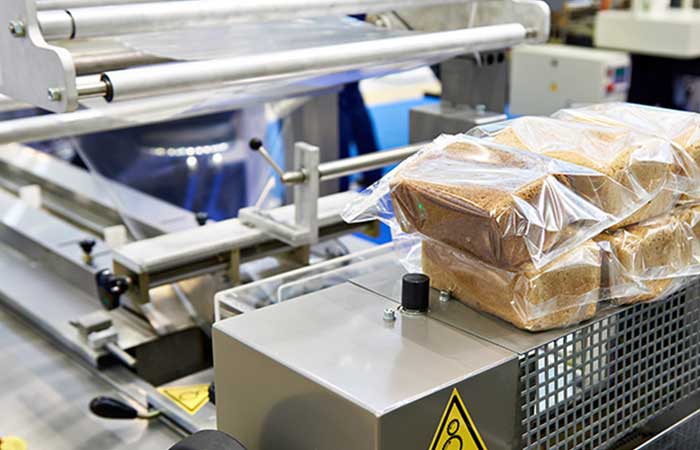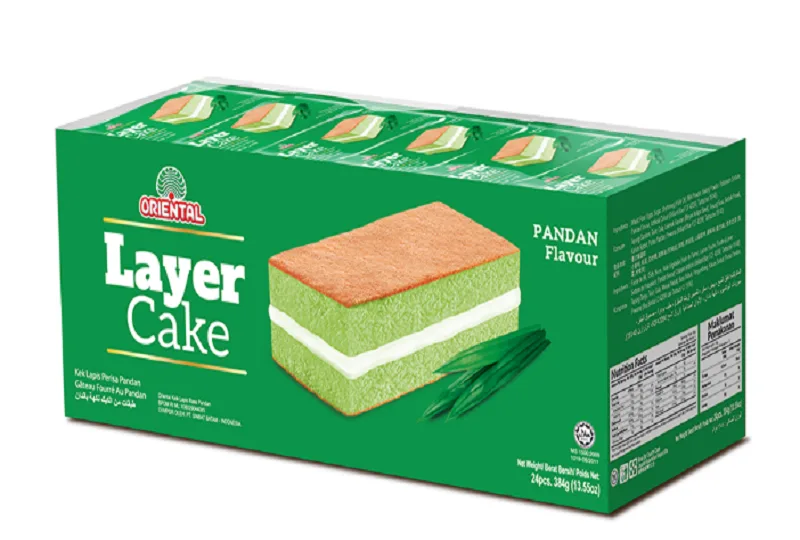Optimizing Efficiency: The Ultimate Guide to Designing an Automated Cookie Packing Line
Optimizing Efficiency: The Ultimate Guide to Designing an Automated Cookie Packing Line
In the world of confectionery, efficiency is key. From bakeries to large-scale factories, the demand for automated systems that streamline the packing process has never been higher. When it comes to cookies, the delicate nature of these treats requires precision and care in handling and packaging. This comprehensive guide will take you through the steps involved in designing a cutting-edge automated cookie packing line.
Step 1: Equipment Selection
Before diving into the design process, it’s crucial to select the right equipment for your automated packing line. From cookie depositors to flow wrappers, each piece of machinery plays a vital role in ensuring smooth operations. Consider factors such as production volume, cookie size, and packaging material compatibility when choosing your equipment.
Step 2: Layout Planning
Once you’ve gathered the necessary equipment, the next step is to plan the layout of your packing line. Efficient workflow is essential for maximizing productivity and minimizing downtime. Design a layout that allows for seamless movement of cookies from the production line to packaging, incorporating conveyor belts, inspection stations, and sorting systems as needed.
Step 3: Automation Integration
Automation is the heart of any modern packing line. Integrate sensors, robotic arms, and programmable logic controllers (PLCs) to automate tasks such as product alignment, filling, sealing, and labeling. By reducing manual intervention, you can achieve higher accuracy and consistency in packing operations.
Step 4: Quality Control
Ensuring the quality of packed cookies is paramount. Implement vision systems and weight sensors to inspect cookies for defects, contaminants, or incorrect packaging. By incorporating quality control measures into your automated line, you can maintain product integrity and customer satisfaction.
Step 5: Maintenance and Training
Regular maintenance is essential for keeping your automated packing line running smoothly. Establish a maintenance schedule to check and calibrate equipment, replace worn parts, and address any issues promptly. Furthermore, provide comprehensive training for operators to ensure they understand how to operate and troubleshoot the system effectively.
Step 6: Future Adaptability
As technology continues to evolve, it’s essential to design your automated packing line with future adaptability in mind. Consider scalability and flexibility when selecting equipment and designing the layout to accommodate potential upgrades or changes in production requirements.
Conclusion
Designing an automated cookie packing line is a multifaceted process that requires careful planning, attention to detail, and a focus on efficiency. By following the steps outlined in this guide, you can create a high-performing system that enhances productivity, quality, and reliability in cookie packaging operations.
-
01
A Deep Dive into Automatic Toast Processing and Packaging System
18-11-2025 -
02
The Future of Bakery Production: Automated Toast Processing and Packaging System
18-11-2025 -
03
Reliable Food Packaging Solutions with China Bread, Candy, and Biscuit Machines
11-10-2025 -
04
High-Performance Automated Food Packaging Equipment for Modern Production
11-10-2025 -
05
Reliable Pillow Packing Machines for Efficient Packaging Operations
11-10-2025 -
06
Advanced Fully Automatic Packaging Solutions for Efficient Production
11-10-2025 -
07
Efficient Automatic Food Packaging Solutions for Modern Production
11-10-2025 -
08
Advanced Automatic Packaging Equipment for Efficient Production
11-10-2025 -
09
China Bread Sealing Machine and Packaging Solutions
26-09-2025 -
10
Food Packing Machine Manufacturer: Innovative Solutions for Modern Food Packaging
26-09-2025

















